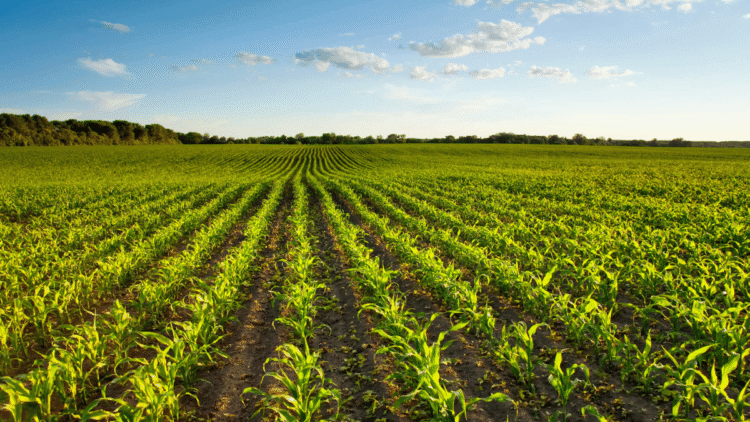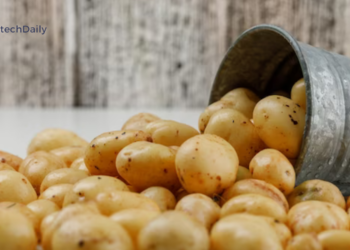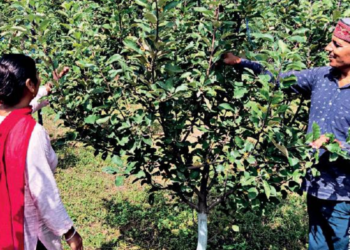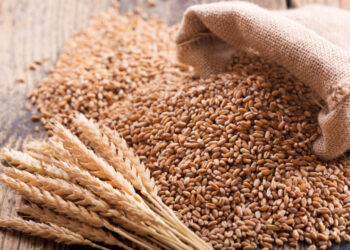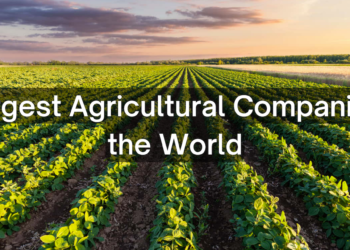The COVID-19 pandemic is a global health crisis that is already having devastating impacts on the world economy – both directly and through necessary measures to contain the spread of the disease. These impacts are also being felt by the food and agriculture sector.
Main Highlights
- Impacts on agricultural production and incomes.
- Disruptions to food supply chains.
- Shifts in consumer demand after COVID-19.
How damaging these impacts turn out to be for food security, nutrition and the livelihoods of farmers, fishers, and others working along the food supply chain will depend in large part on policy responses over the short, medium, and long term.
In the short term, governments must manage multiple demands – responding to the health crisis, managing the consequences of the shock to the economy, and ensuring the smooth functioning of the food system. While the pandemic poses some serious challenges for the food system in the short term.
1. Impacts on agricultural production and incomes
Limits on the mobility of people across borders and lockdowns are contributing to labour shortages for agricultural sectors in many countries, particularly those characterised by periods of peak seasonal labour demand or labour-intensive production.
For example, newly implemented travel bans within the European Union, as well as the closure of the Schengen Area, have significantly reduced the available workforce for the fruit and vegetable sector in a number of European countries.3 4 Harvesting season is imminent for many products in the northern hemisphere, and a shortage of labour could lead to production losses and shortages in the market.
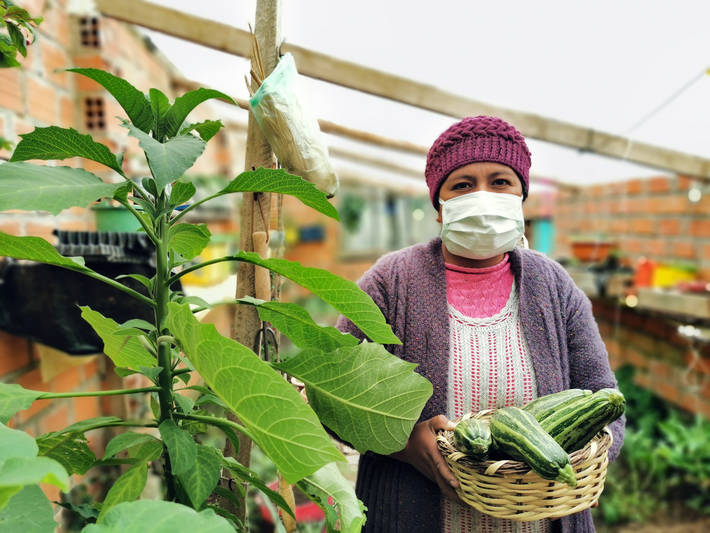
In many countries, this comes on top of existing difficulties in sourcing seasonal labour.
On the other hand, disruptions downstream from the farm gate are in some cases causing surpluses to accumulate, putting a strain on storage facilities and, for high perishables, increasing food losses. For some products, supply-side disruptions are being compounded by demand-side reductions (in particular foods typically eaten away from home, and luxury items – see below).
In combination, these effects are putting a strain on farm incomes. Moreover, those farm household income losses may be compounded by reduced off-farm income.
2. Shifts in consumer demand after COVID-19
Most major economies are expected to enter recession as a result of the COVID-19 pandemic, and the OECD has estimated that for each month the necessary containment measures continue the drop in output is equivalent to a decline in annual GDP growth of up to 2 percentage points.
In developed countries, the macroeconomic shock to consumer demand and employment will reduce overall food demand only slightly, but is expected to have a stronger impact on demand for higher-value premium products and those with more service addition. Moreover, lower oil prices – a result of forecast lower GDP due to COVID-19 and an oil price war – are reducing demand for crops for biofuels.

The collapse in consumption of food away from home will have a particularly large impact on developed countries. The closure of restaurants and food service providers in schools, hotels and catering businesses has shrunk the market for some commodities – for example, potatoes for French fries, seafood, and dairy products – with some of those losses compensated for by increased demand from supermarkets.
Demand also appears to have shifted away from higher-value items and towards staple and ready-to-eat foods that can be stored. There has also been a strong increase in e-commerce.
This significant change in the composition – and for some commodities, the level – of demand will put whole value chains under pressure. Manufacturers are adjusting production and distribution, for example, to shift from producing bulk items for food service to smaller packages for home use. However, some will have difficulties keeping their businesses viable.
3. Disruptions to food supply chains
Measures put in place to prevent or slow the spread of COVID-19 are also disrupting the functioning of food supply chains.
The impacts on labour are of particular concern. The food sector will be vulnerable to the negative impacts on the workforce from the spread of COVID-19 (workers being sick or in isolation) and will face additional production and distribution costs as a result of health and safety measures introduced to reduce the exposure of their workforce.
While the virus transmission mechanisms are not fully understood, two clear mechanisms are:
(i) people working in close proximity; and
(ii) people touching contaminated surfaces. Managing these risks will require immediate changes to the way food is processed and distributed. Many of those changes are already underway but may be difficult to implement in the short term due to challenges related to sourcing masks and protective equipment for workers.


